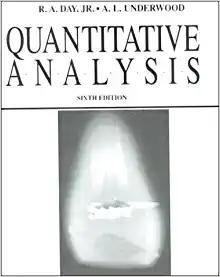There are several rules that you should follow to obtain perfect results of pH measurements.
- Between measurements, rinse electrodes with distilled water.
- Calibrate electrode before each use or series of uses.
- Always use fresh buffers for calibration. Use buffers that are no more than 3 pH units apart and bracket the expected sample pH. Note that standard calibration buffers (4.01, 7.00 and 10.00) don't bracket pH below 4.01 and above 10.00.
- Keep buffer bottles tight closed, especially in case of high pH buffers.
- Let the temperature of the pH meter and measuring setup to stabilize before use.
- Check all junctions.
- Don't allow static electricity to build up during measurements.
- Stir all buffers and samples during measurement.
- Place a piece of insulating material (styrofoam, cardboard) between magnetic stirrer and beaker to prevent heating of the sample.
- Never rub or wipe electrode bulb, to reduce chance of error due to polarization. Blotting is ideal.
- Don't use pH electrode to measure pH outside of its working range.
- Store pH electrode in electrode storage solution (or pH 4.01 buffer or 0.1M KCl solution) when not in use. Never store in deionized water.
- Try to always soak glass electrodes in electrode storage solution overnight prior to first use.
- Use appropriate cleaning procedure if electrode becomes sluggish or drifts excessively.
Additionally, in the case of the open electrodes:
- Always remove covering from electrode fill hole prior to measurement.
- Be careful not to use incorrect fill solution for electrode or application.
- Do not allow salt crystals to form inside pH electrodes.
- Frequently inspect electrodes for damage and clogging of external junction.


